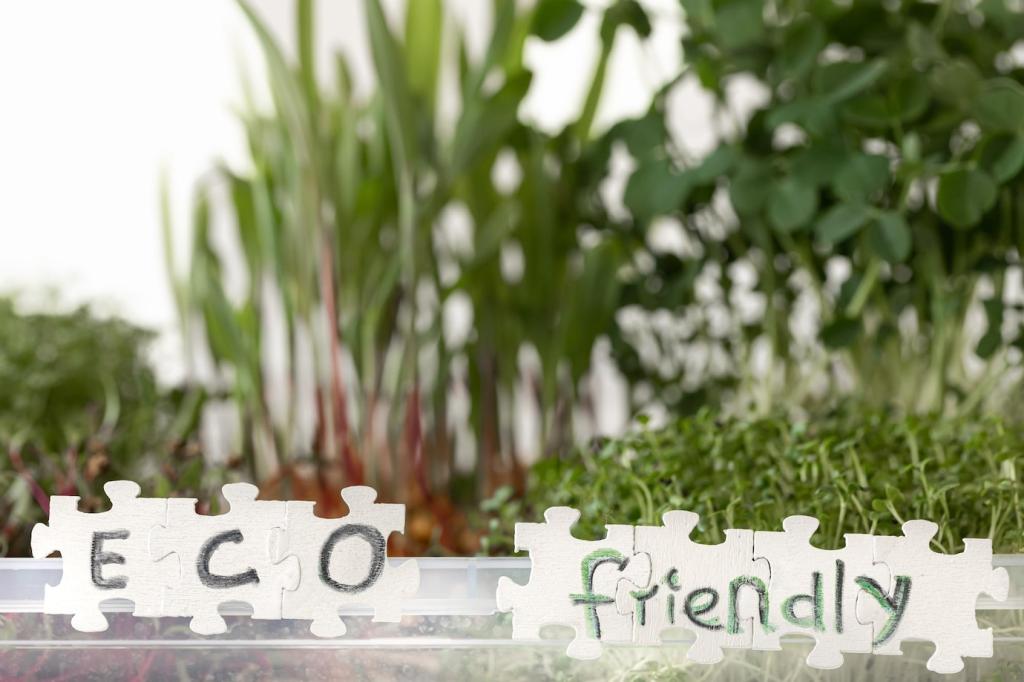Make Your Furniture Last, Sustainably
Today’s chosen theme is “Sustainable Furniture Maintenance Practices.” Welcome! Here you’ll find thoughtful, practical ways to extend the life of every piece you love while reducing waste, saving money, and crafting a home that reflects real care. Subscribe and share your tips to grow this community of mindful caretakers.
Why Sustainable Furniture Maintenance Practices Matter
Every extra year a table, chair, or sofa stays functional avoids the emissions and resources of making a replacement. Maintenance transforms consumption into stewardship, shifting us from quick fixes to durable choices that genuinely respect the planet.

Non-Toxic Cleaning That Works
Distilled water, mild castile soap, white vinegar, and baking soda handle most cleaning. They are affordable, low-impact, and gentle on finishes when diluted correctly, supporting sustainable furniture maintenance practices without sacrificing cleanliness or safety.

Placement, Climate, and Prevention
Keep wood and leather out of direct sun to reduce fading and drying. Aim for indoor humidity around forty to fifty-five percent using a hygrometer, reducing cracks, warping, and loose joints that undermine durable, sustainable furniture maintenance practices.
Repair First, Replace Last
For wobbly chairs, gently separate the joint, clean old glue, and re-glue with a reversible, repair-friendly adhesive like liquid hide glue. Clamp evenly and allow full cure time. Controlled care preserves future repairability and long-term sustainability.
Repair First, Replace Last
When finishes look tired, try a clean, a light scuff-sand, and a compatible oil or hardwax top-up rather than full stripping. Spot repairs save time, reduce chemical use, and maintain the original character that makes older pieces special.
Repair First, Replace Last
Replace missing feet, tighten hardware, and align doors before wear spreads. Keep a small kit ready—screwdriver, felt pads, wood glue, clamps. Share your best repair win in the comments to help others try their first sustainable fix.
Care by Material
Solid wood tolerates light sanding; veneer needs extra caution. Clean both gently and protect edges. Repair chips with color-matched wax sticks, not aggressive sanding, to preserve thin layers and extend life without intensive refinishing or waste.
Care by Material
Vacuum fabric with a brush attachment and treat stains promptly with mild solutions. For leather, dust weekly and condition sparingly using a plant-based balm. Avoid heat vents, which dry fibers and shorten the lifespan of beloved seating.

Finishes, Oils, and Waxes
Hardwax oils and penetrating oils can be spot-refreshed and repaired locally, supporting long-term maintenance. Film finishes like heavy polyurethane protect well but are harder to patch invisibly. Match your care plan to the finish’s strengths.
Finishes, Oils, and Waxes
Blend a small amount of food-safe mineral or linseed oil with melted beeswax for a gentle polish. Apply thinly, buff patiently, and admire a revived glow. Test first, and avoid silicone polishes that complicate future refinishing efforts.





